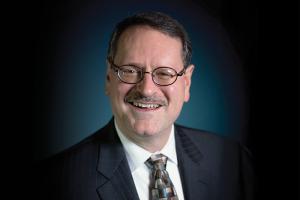Acting as a good financial steward
Unlike private businesses that may distribute profits to owners or shareholders, many health care systems, especially nonprofits, are required to reinvest these earnings back into the organization. This helps cover significant expenses, such as purchasing land, constructing new facilities or undertaking major initiatives. Hospitals also may rely on donations or borrow money to fund these big projects. Regardless of how it’s raised, this capital differs from operating funds, which are generated directly from revenue.
There is a lot of competition for capital. Clinicians want the newest medical tools to help bring in money. This makes it harder to secure funding for facilities projects, like installing a new chiller. These projects primarily save on utilities and do not yield a rapid return on investment (ROI). Most finance teams aim to achieve an ROI within three years or less, which can be challenging for building systems to demonstrate.
There also is a language gap between facilities and finance teams. Facilities managers are experts in infrastructure, life safety and regulatory compliance. Finance teams are concerned with financial risk, cash flow and maintaining the hospital’s long-term economic strength. To close this gap, facilities leaders need to explain their needs in monetary terms. They can use data to demonstrate how their projects mitigate larger issues, reduce future expenses and enhance patient care. It also helps to turn the numbers into things people understand, such as saving staff hours, reducing patient days or cutting downtime.
Health care facilities teams also must deal with competing priorities. A project may seem very important to them, but they still must demonstrate how it benefits patients, reduces long-term costs or strengthens the hospital. Being a good steward of money means being transparent about what was done with each dollar. By using simple financial language and tying projects to hospital goals, facilities teams can secure the necessary capital and ensure the hospital operates efficiently for everyone.
Richie Stever, MHA, SASHE, vice president of real estate and construction, University of Maryland Medical System in Baltimore.




